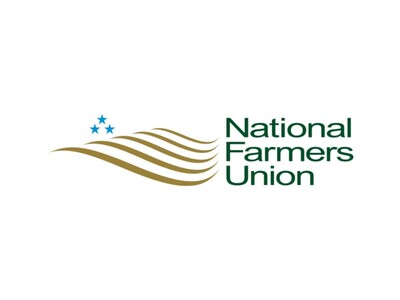Economics of Soil Health

Tim Hammerich
News Reporter
Soil health practices like cover crops, reducing tillage, and diversifying rotations, are proven to positively impact soil biological and physical properties. But do they have a positive economic return? That’s what the Soil Health Institute wanted to find out in a recent study, says CEO Wayne Honeycutt.
Honeycutt… “We found that 85% of the farmers that were growing corn increased their net income. And 88% of the farmers growing soybean also increase their net income.”
The study consisted of 100 farmers who have switched from traditional practices to these soil health practices.
Honeycutt… “Many of these farmers were also very, very good at nutrient management. And by combining that, but also providing more nutrients to their crop from adopting these soil systems by increasing the organic matter, they were able to reduce their input costs by about $24 per acre on average for corn, and $17 per acre for soybean.”
Honeycutt says the numbers are encouraging indicators that building healthier soils is not just a good ecological decision, but a good economic decision as well.
Honeycutt… “They increased their net income by some $52 per acre for corn and $45 per acre for soybean.”
Visit SoilHealthInstitute.org to learn more.












